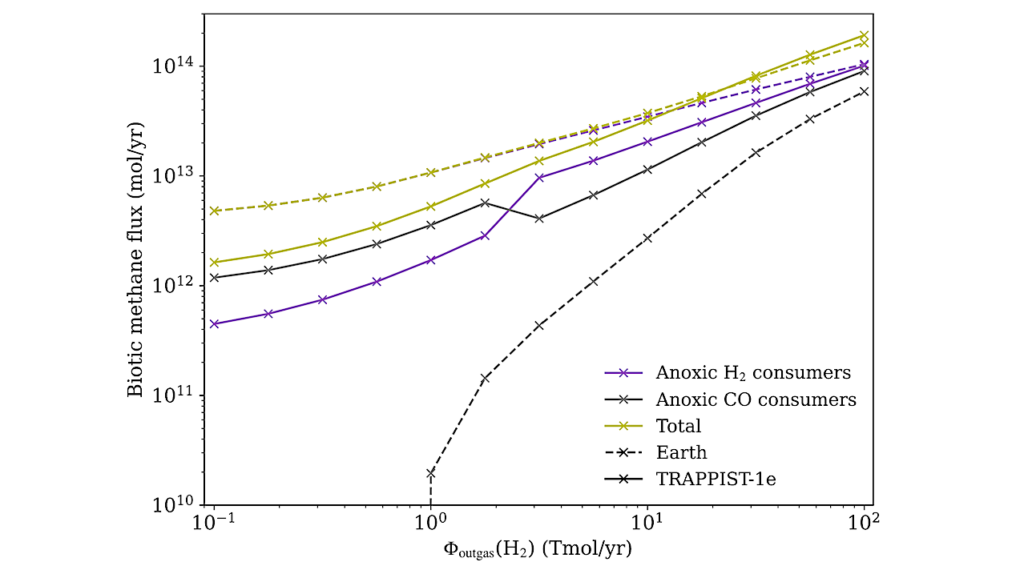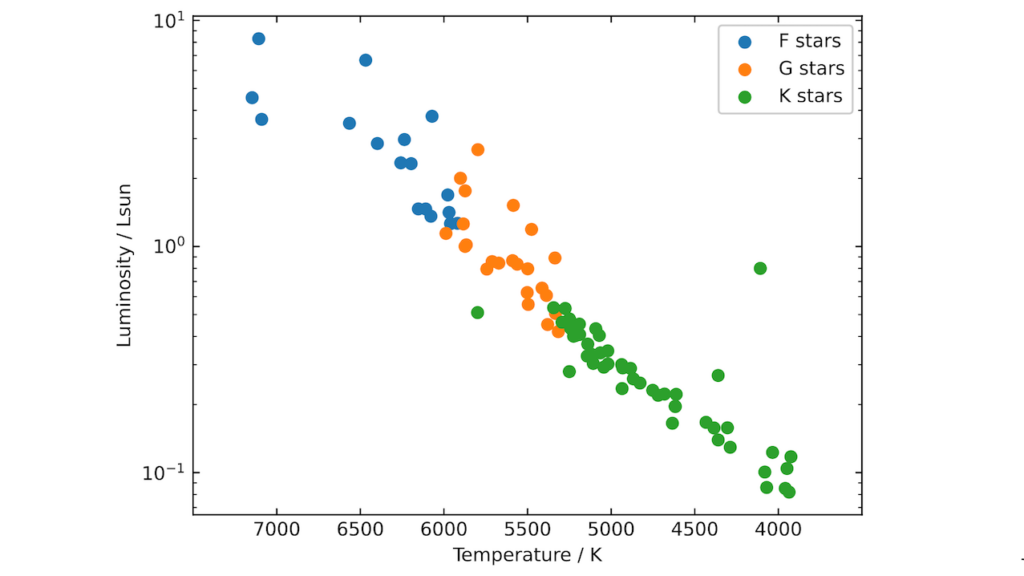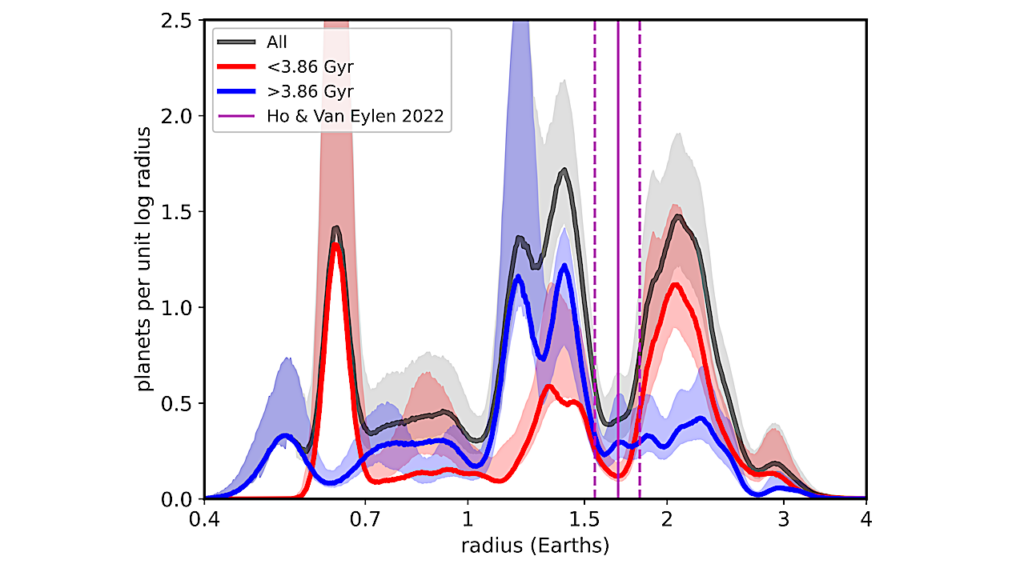Planet Cartography With Neural Learned Regularization

Finding potential life harboring exo-Earths is one of the aims of exoplanetary science. Detecting signatures of life in exoplanets will likely first be accomplished by determining the bulk composition of the planetary atmosphere via reflected/transmitted spectroscopy.
However, a complete understanding of the habitability conditions will surely require mapping the presence of liquid water, continents and/or clouds. Spin-orbit tomography is a technique that allows us to obtain maps of the surface of exoplanets around other stars using the light scattered by the planetary surface. We leverage the potential of deep learning and propose a mapping technique for exo-Earths in which the regularization is learned from mock surfaces.
The solution of the inverse mapping problem is posed as a deep neural network that can be trained end-to-end with suitable training data. We propose in this work to use methods based on the procedural generation of planets, inspired by what we found on Earth. We also consider mapping the recovery of surfaces and the presence of persistent cloud in cloudy planets. We show that the a reliable mapping can be carried out with our approach, producing very compact continents, even when using single passband observations.
More importantly, if exoplanets are partially cloudy like the Earth is, we show that one can potentially map the distribution of persistent clouds that always occur on the same position on the surface (associated to orography and sea surface temperatures) together with non-persistent clouds that move across the surface. This will become the first test one can perform on an exoplanet for the detection of an active climate system. For small rocky planets in the habitable zone of their stars, this weather system will be driven by water, and the detection can be considered as a strong proxy for truly habitable conditions.
A. Asensio Ramos, E. Pallé
Comments: 12 pages, 9 figures, submitted to A&A
Subjects: Earth and Planetary Astrophysics (astro-ph.EP); Computer Vision and Pattern Recognition (cs.CV); Machine Learning (cs.LG)
Cite as: arXiv:2012.04460 [astro-ph.EP] (or arXiv:2012.04460v1 [astro-ph.EP] for this version)
Submission history
From: Andres Asensio Ramos
[v1] Tue, 8 Dec 2020 14:57:33 UTC (8,175 KB)
https://arxiv.org/abs/2012.04460
Astrobiology,








